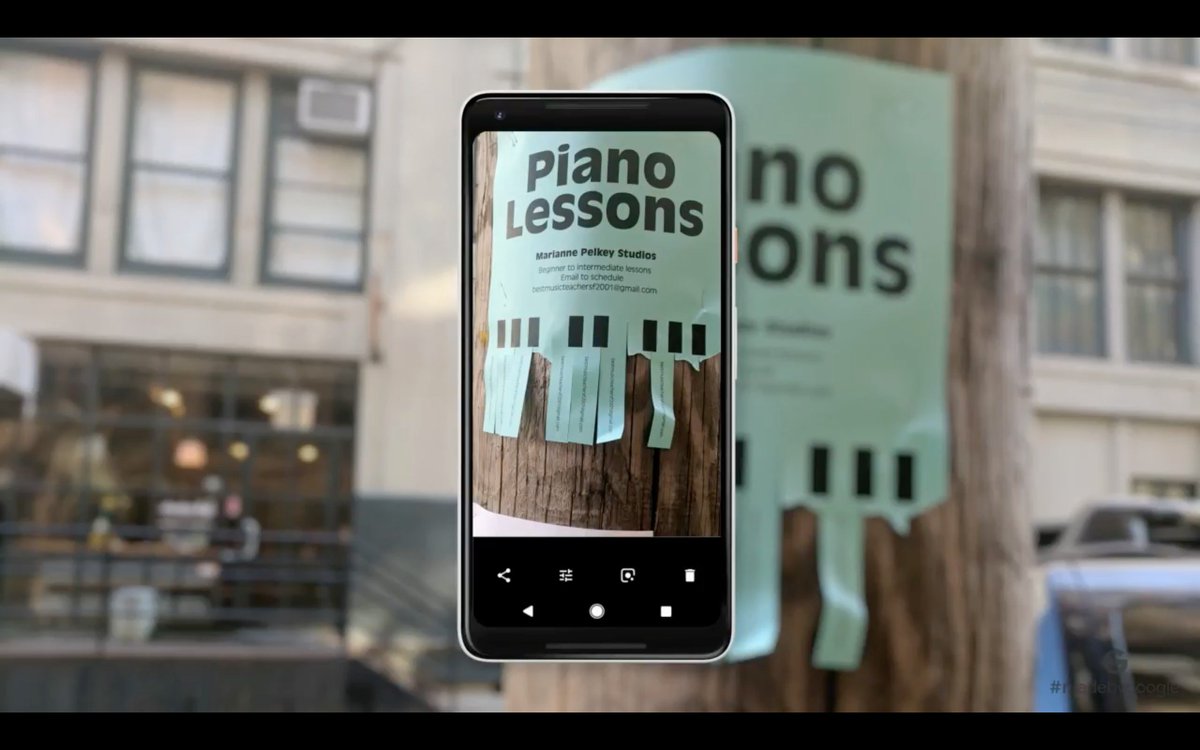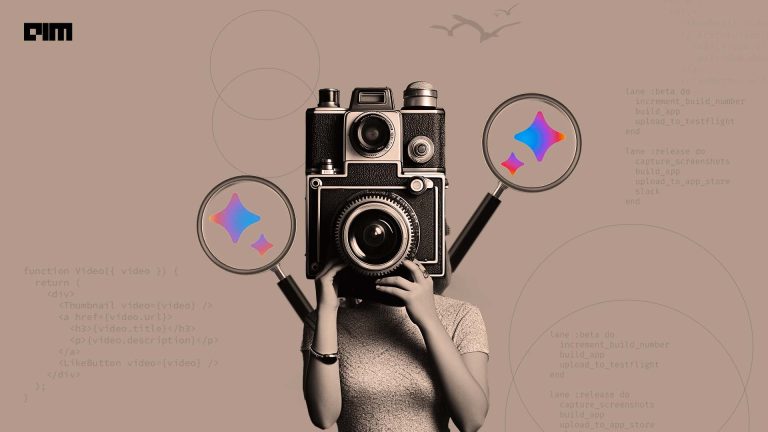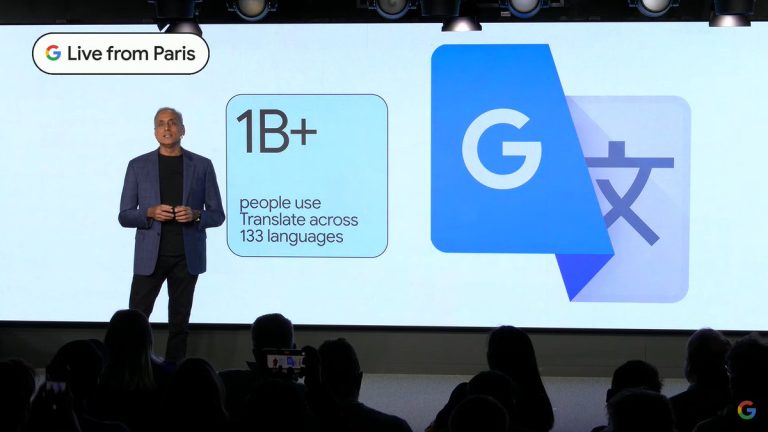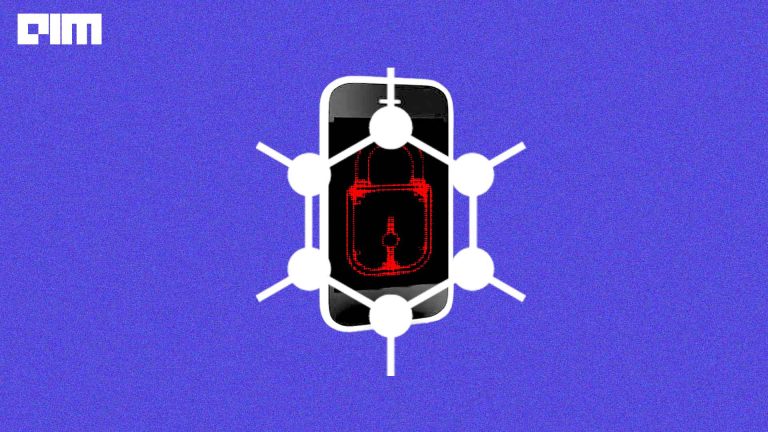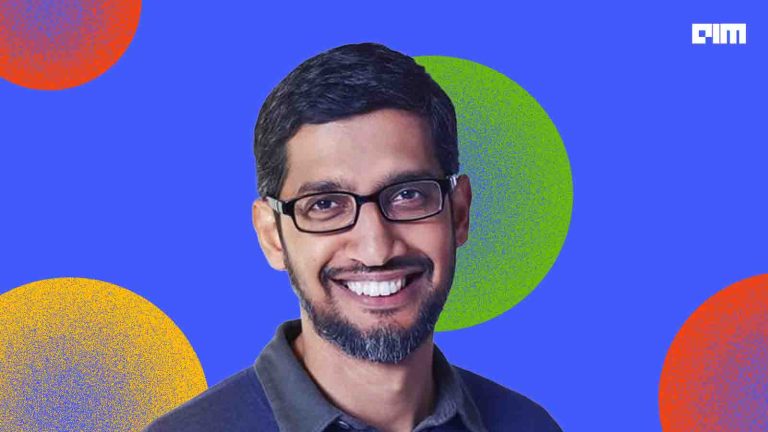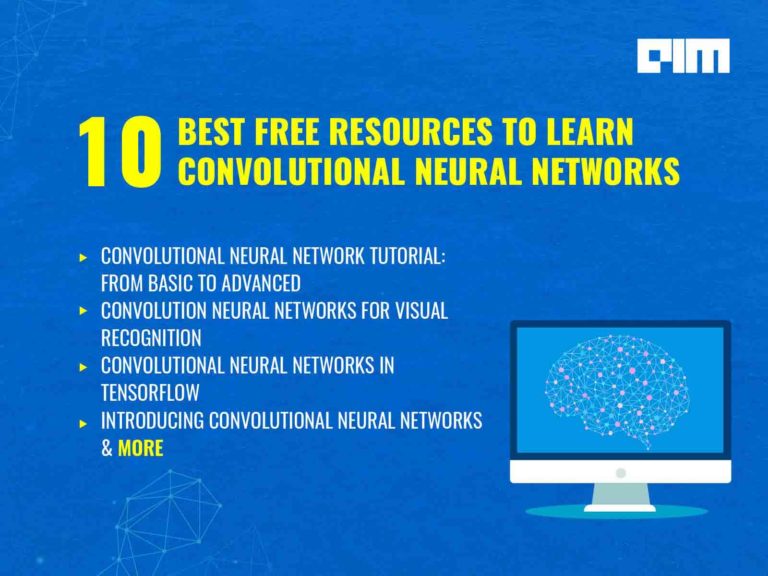
Google Lens is available to everybody as an application in the cell-phones. It is hardly used since it is just not another interface like Pixlr for clicking awesome selfies for social media profile. Why is it here in the first place eating up space! We often wonder.
Google Lens is much more than a camera. It’s your personal recommendation engine! It is an application based on machine learning algorithm helping you to locate things with images without describing it in words. It is a fascinating application of content based image recognition. It has phenomenal impact in enhancing brand names of organizations as well as contributing towards revenue earning.
How is this possible? Let’s have a background check about the method followed by an application implementing content based image classification.
Most of us, if not all are in the habit of capturing images with our cell phone cameras of moments and objects we come across. We do so to create memories which remain visible and hardly need any words to describe in future. It’s lot more easy to describe an event or matter with an image rather than writing some 1000 lines to illustrate it.
Let’s take an example:
The above image can be represented to an algorithm without tagging it with a text.
Applications like Google Lens exploit and identify the significant features of the image to understand it by content without any text tags.
Thus, the image is visible to the system in the form of it’s significant features as shown below:
Features, can be based on attributes like colour, texture, shape etc. of an image which is extracted with popular techniques of image processing like binarizations , image transforms, etc. or by deep learning based techniques.
Both handcrafted and deep learning based feature extraction techniques follow this feature extraction step with their corresponding algorithms before performing the final step of image recognition.
Google Lens is an application which is using this technology to help you search what you see. So, how it relates to our daily lives? Is there any relevance of it apart from explaining it with technical jargons? The answer is yes. Let’s have a look at it’s impact on branding and digital marketing.
The yellow dot on Sony has not only identified the brand, but also it has recognized the product. The output is amazing as we find it here. It has not only identified the brand but also provided suggestions for places to buy the gadget online. We are obsessed with the term digital marketing these days. The biggest challenge in recent times is to predict consumer behaviour which is altering with every passing minute. Applications like Google Lens are acting as true companion to online business world by leveraging the power of machine learning and content based image classification. Innovation has no boundaries. It is always interdisciplinary in nature and fascinating in genre, just like aligning digital marketing to machine learning.
This is what the end result looks like:


